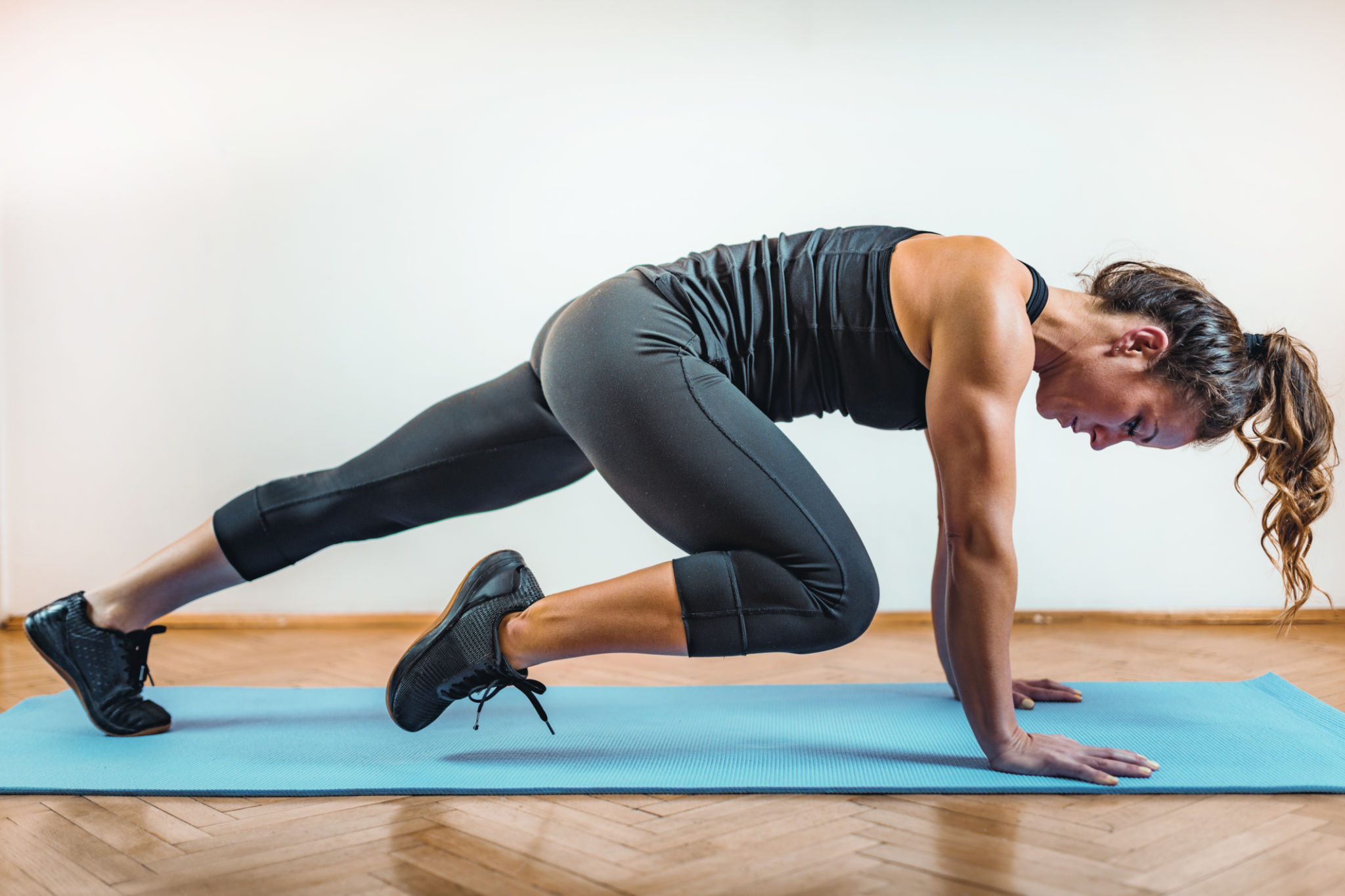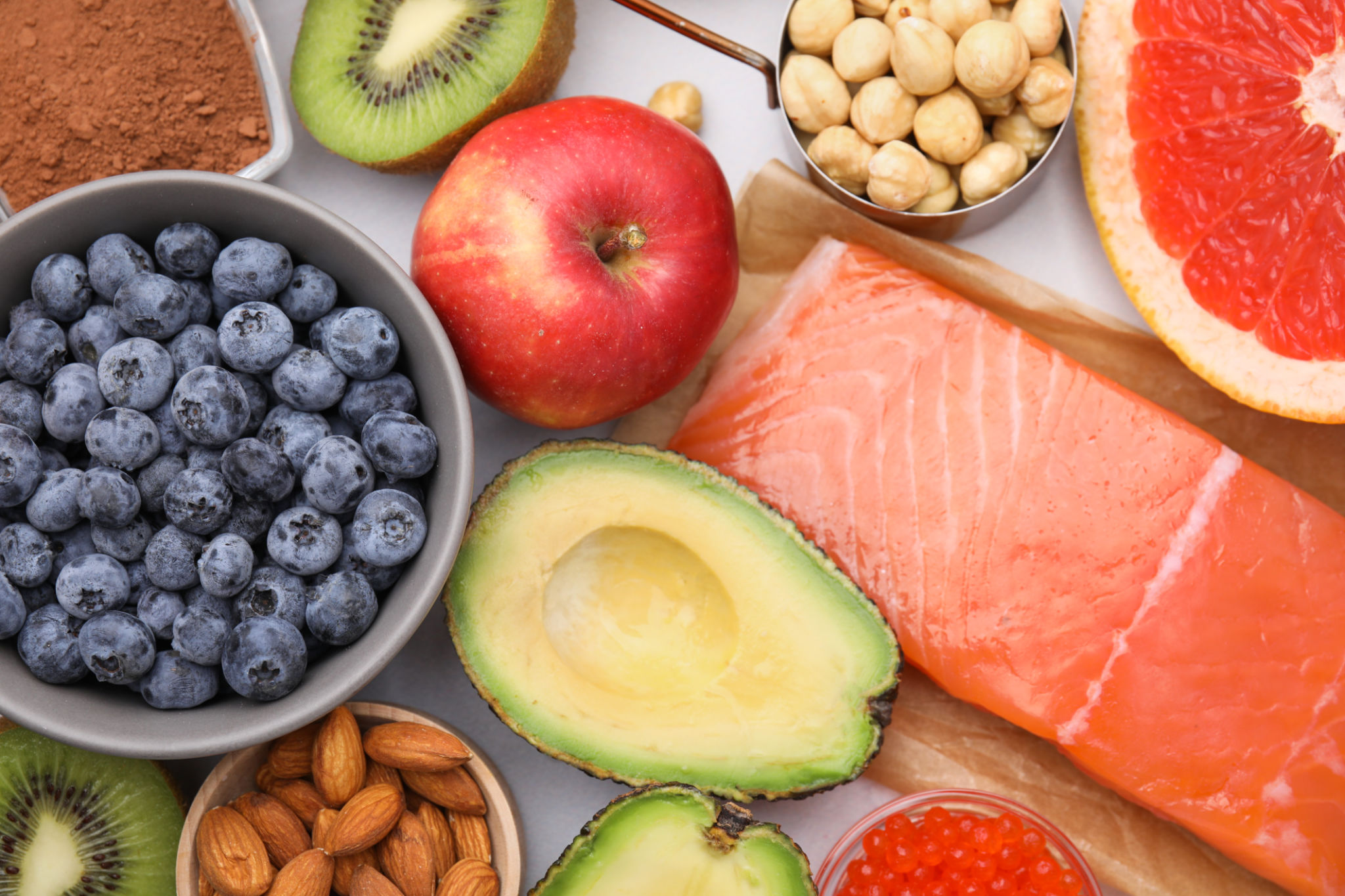Debunking Fitness Myths: What You Really Need to Know About Getting Fit
Introduction
In the world of fitness, misinformation is as common as a pair of running shoes. With countless myths circulating about the best ways to get fit, it can be hard to distinguish fact from fiction. This post aims to debunk some of the most common fitness myths, helping you focus on what truly matters when it comes to your health and well-being.

Myth 1: Cardio Is the Only Way to Lose Weight
Many people believe that endless hours on the treadmill are the only path to weight loss. However, while cardio exercises like running and cycling are great for burning calories, they are not the only effective method. In fact, incorporating strength training into your routine can significantly enhance weight loss by building muscle, which in turn boosts your metabolism.
The Role of Strength Training
Strength training helps you develop lean muscle mass, which increases your basal metabolic rate — meaning you burn more calories even at rest. A balanced approach, combining both cardio and strength exercises, is often more effective for long-term weight management.

Myth 2: You Need to Spend Hours at the Gym
A common misconception is that achieving fitness requires spending countless hours at the gym. In reality, quality trumps quantity. With busy schedules, it's important to focus on efficient workouts that maximize time and results. High-intensity interval training (HIIT) is a perfect example of an effective and time-saving workout strategy.
Efficiency with HIIT
HIIT involves short bursts of intense exercise followed by brief periods of rest or low-intensity activity. This method not only saves time but has also been shown to improve cardiovascular health, increase endurance, and burn fat more effectively than traditional steady-state cardio.

Myth 3: Spot Reduction Works
The idea that you can target fat loss in specific areas of your body, known as spot reduction, is another widely held myth. Unfortunately, no amount of crunches will solely burn belly fat or arm exercises to reduce arm flab. Fat loss occurs in a more generalized manner throughout the body.
Focus on Overall Fitness
To effectively lose fat in targeted areas, focus on overall body fitness and a balanced diet. Combining cardiovascular exercises, strength training, and a healthy eating plan will help reduce body fat percentage overall, leading to a leaner appearance.

Myth 4: You Need Supplements to Build Muscle
The supplement industry often promotes the idea that powders and pills are essential for muscle growth. While supplements can be beneficial for some individuals, they are not a necessity for everyone. Whole foods should be your primary source of nutrients.
Nourish with Whole Foods
A diet rich in proteins, healthy fats, and carbohydrates from natural sources will provide the necessary building blocks for muscle repair and growth. Eggs, chicken, fish, legumes, and quinoa are excellent options that offer a range of nutrients needed for muscle development.
Conclusion
Knowing the truth behind these fitness myths empowers you to make informed decisions about your health journey. By focusing on balanced workouts, efficient exercise techniques, and nourishing dietary choices, you can achieve sustainable fitness goals without falling prey to common misconceptions.
